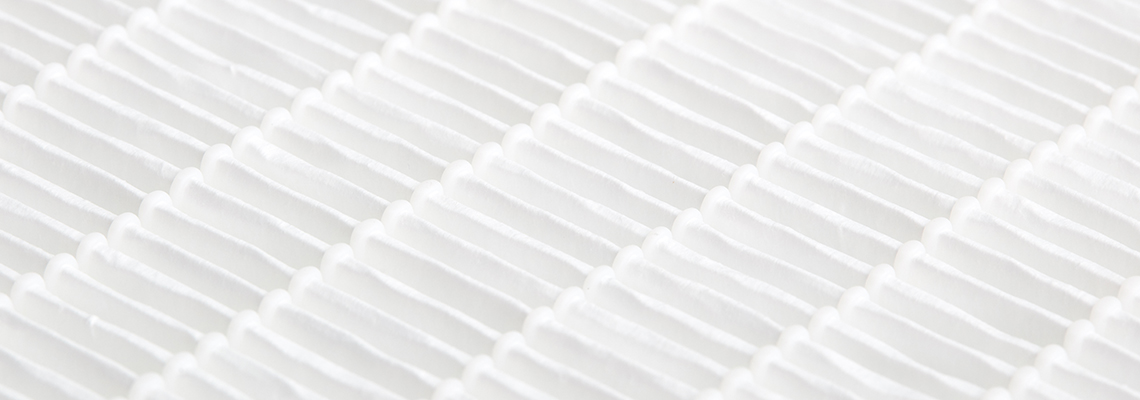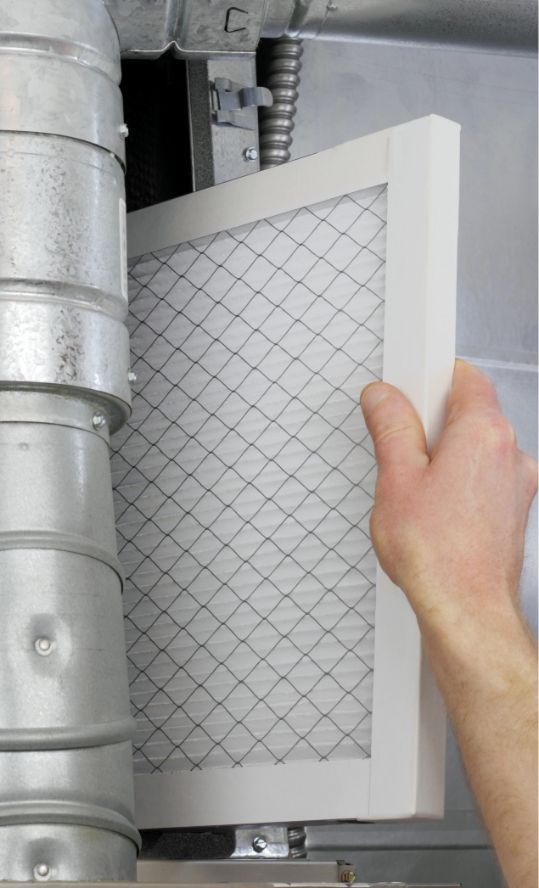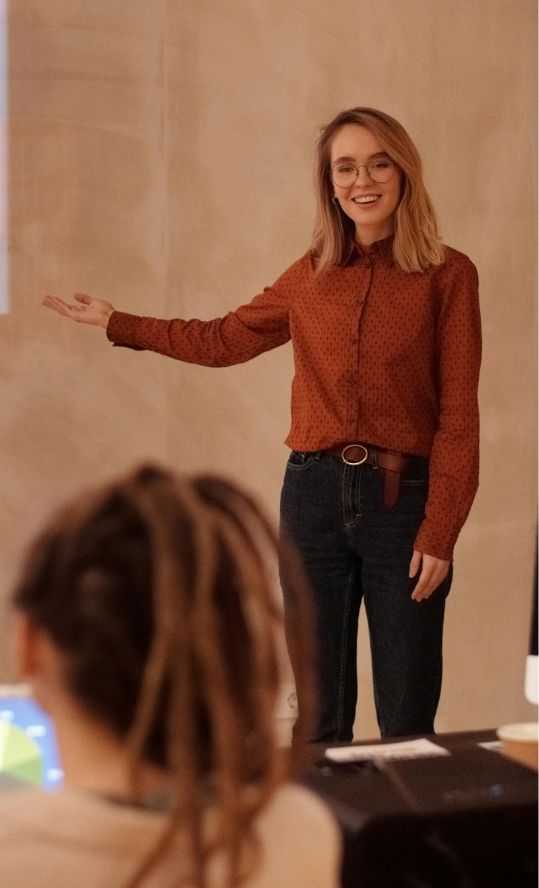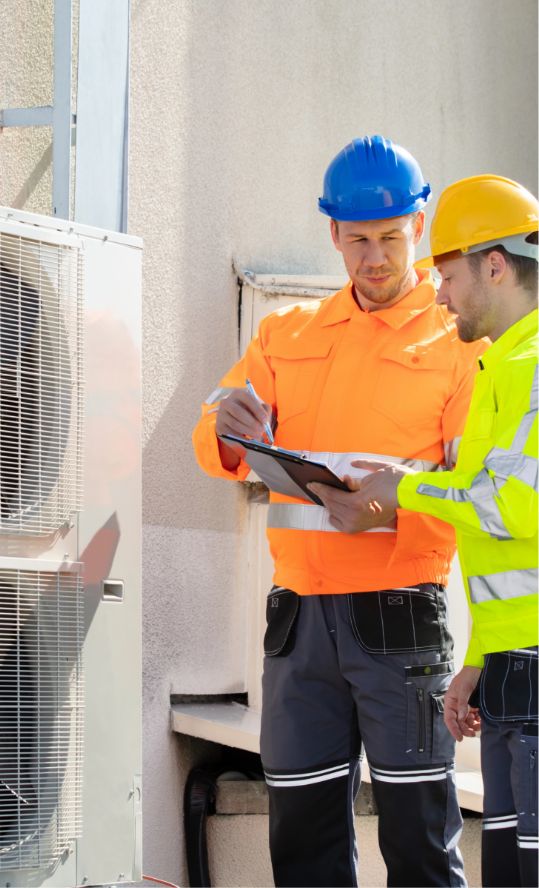
If It Doesn’t Fit, It Doesn’t Filter
Choosing the Right Filter for Optimum Performance
I have spent most of my career in the indoor air quality business – not to date myself, but it’s been over 40 years now. One of the highlights is how much time I have spent learning about the science behind indoor air quality, how we apply it to complex spaces and situations, and being part of the community of educators in North America, all dedicated to making our indoor air environments safer and healthier for everyone.
If you are anything like me, you have probably participated in many webinars this past year on all subjects related to Covid-19: safety protocols, ventilation, disinfection, enhanced cleaning practices, IAQ, building readiness to name a few. Filtration is one subject that has been extremely topical this last year and has seen its moment to shine as one of the key solutions to managing airborne transmission of this virus. MERV 13 is the rallying cry for the HVAC industry.
As much as I love to see the conversation turning to filtration, I need to preface the enthusiasm with a word of caution. Installing any MERV 13 product in a system that was never designed for that level of filtration, without proper consideration for fit, is a waste of money. What has been lightly brushed over in the discussion of filtration is that there are two equally important elements to performance:
- The filter itself
- The hardware/tracking/holding apparatus it is installed in
Buying a MERV 13 filter is easy. Making sure 100% of the air goes through the filter is the real challenge. Research on filter bypass performed at the University of Texas came up with some interesting results. They were able to show that a MERV 14 filter with a small amount of air bypass would perform at a MERV 8 level. The performance expectations of these two filters are substantially dissimilar, as are their prices.
To ensure you are getting value for your filter money look closely, and critically, at how the filter is secured in place. If you can confidently say that 100% of the air is going through the filter, then you have the filter system efficiency as advertised. If not, revisit the installation and make the necessary adjustments. You and your lungs will be happy you did.
Like our founder, Darrel Sutton, always said, “if it doesn’t fit, it doesn’t filter.” A simple statement with enormous impact.
If you need help determining the fit of your filter contact us today to speak with one of our Clean Air Experts.

Your Partners In Clean Air
Call 780-436-6960 today to speak with a BGE Clean Air Advisor.




